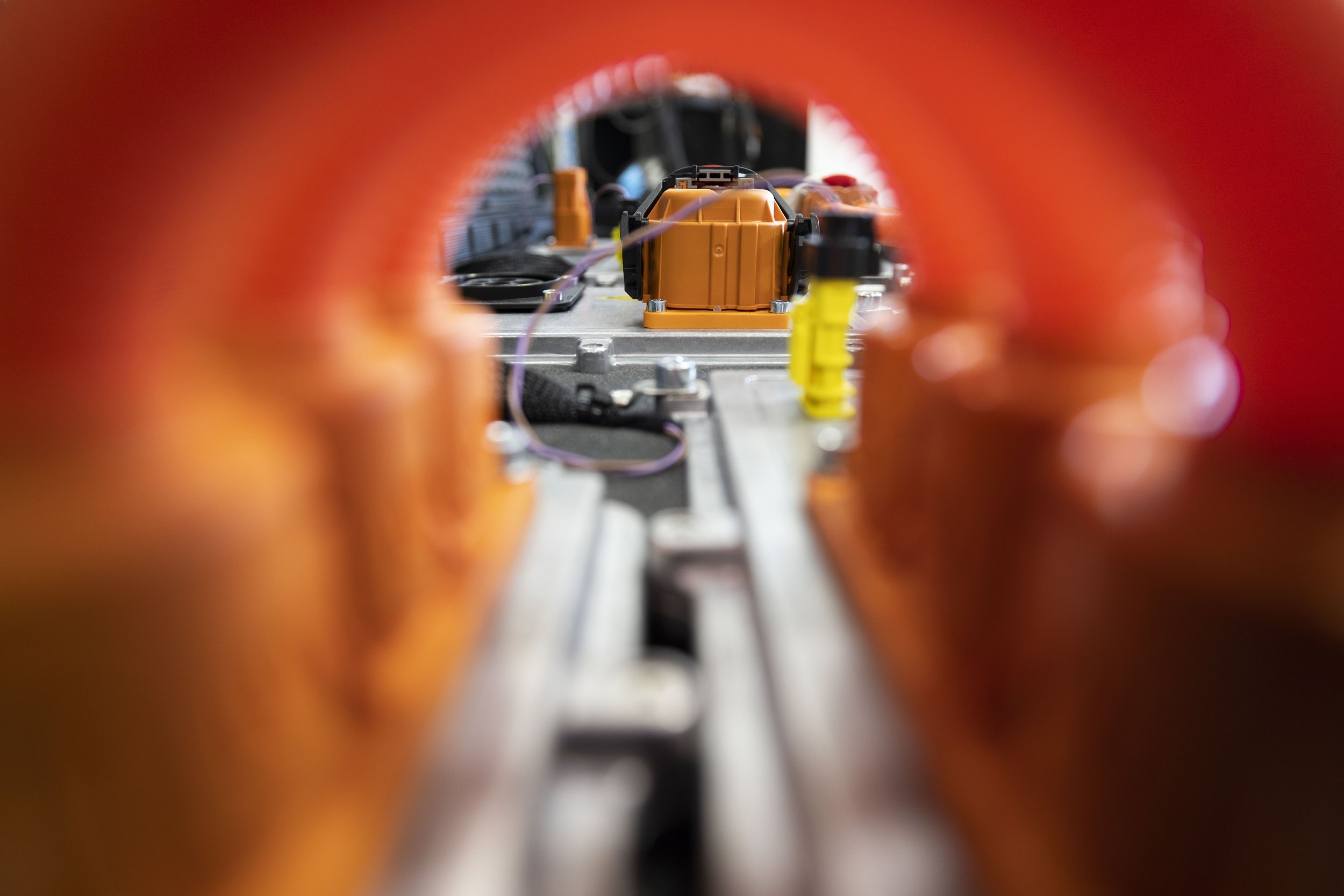
On Board Charger
The On-Board Charger (OBC) in an electric vehicle is a critical component responsible for converting alternating current (AC) from an external power source, such as a charging station or wall outlet, into direct current (DC) to charge the vehicle's traction battery.
Overview:
The On-Board Charger (OBC) is an integral component within your electric vehicle, designed to manage the charging process by converting incoming AC power to DC for charging the traction battery.
Functions:
AC to DC Conversion: The primary function of the OBC is to convert the incoming alternating current (AC) from external power sources into the direct current (DC) required for charging the vehicle's traction battery.
Charging Management: The OBC manages the charging process, ensuring the battery receives the appropriate voltage and current for efficient and safe charging.
Components:
Rectifiers: Houses rectifiers to convert AC to DC, allowing the battery to store the converted electrical energy.
Control Circuitry: Incorporates control circuitry to regulate the charging process, adjusting voltage and current based on the battery's state and charging requirements.
Safety Features:
Temperature Management: Includes temperature management systems to prevent overheating during the charging process, ensuring the longevity of the OBC.
Overcurrent and Overvoltage Protection: Incorporates protective measures such as overcurrent and overvoltage protection to safeguard the OBC and the vehicle's electrical system.
By understanding the functions and features of the On-Board Charger, users can effectively utilize and manage the charging process for their electric vehicles, promoting optimal battery health and overall performance.

